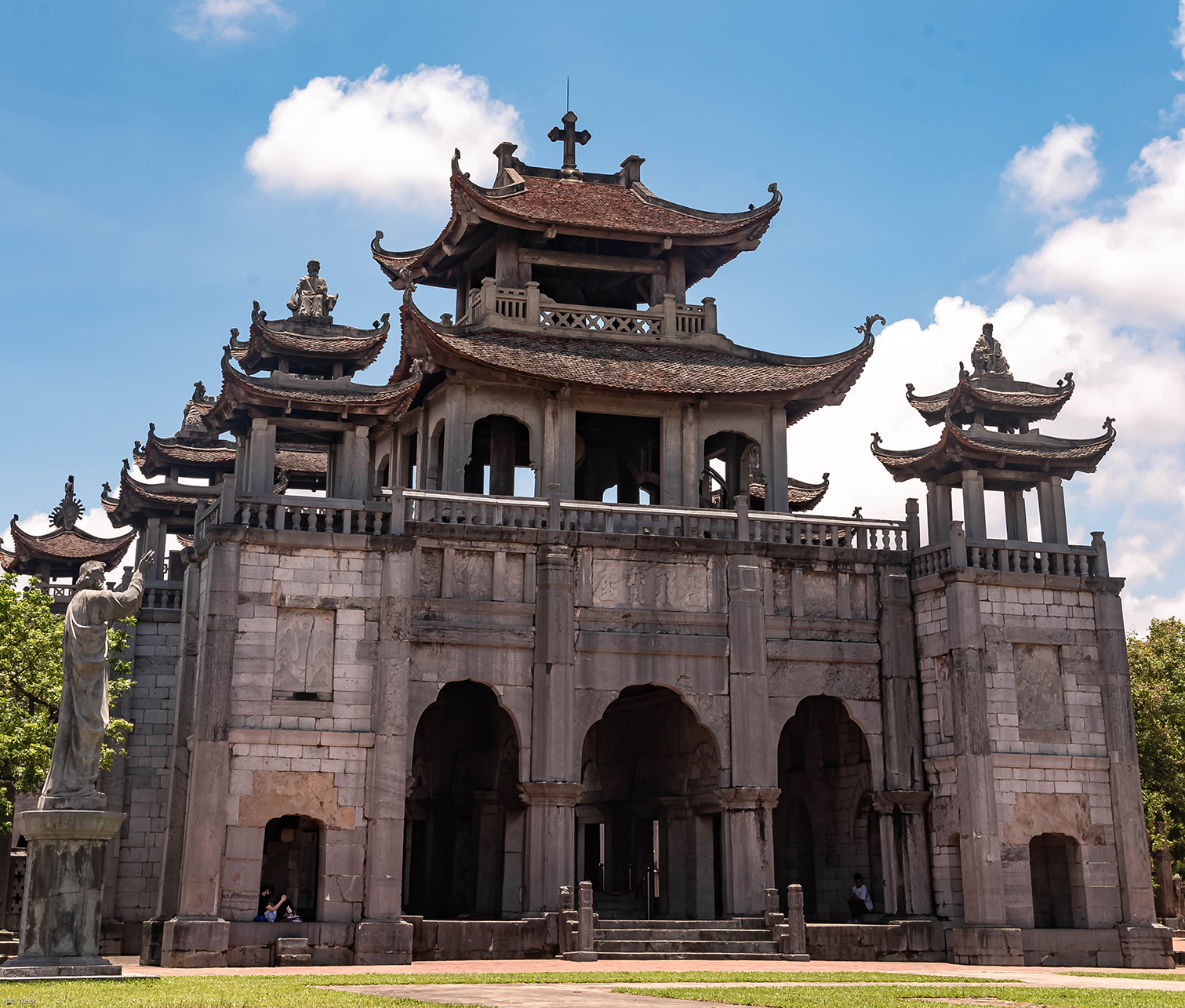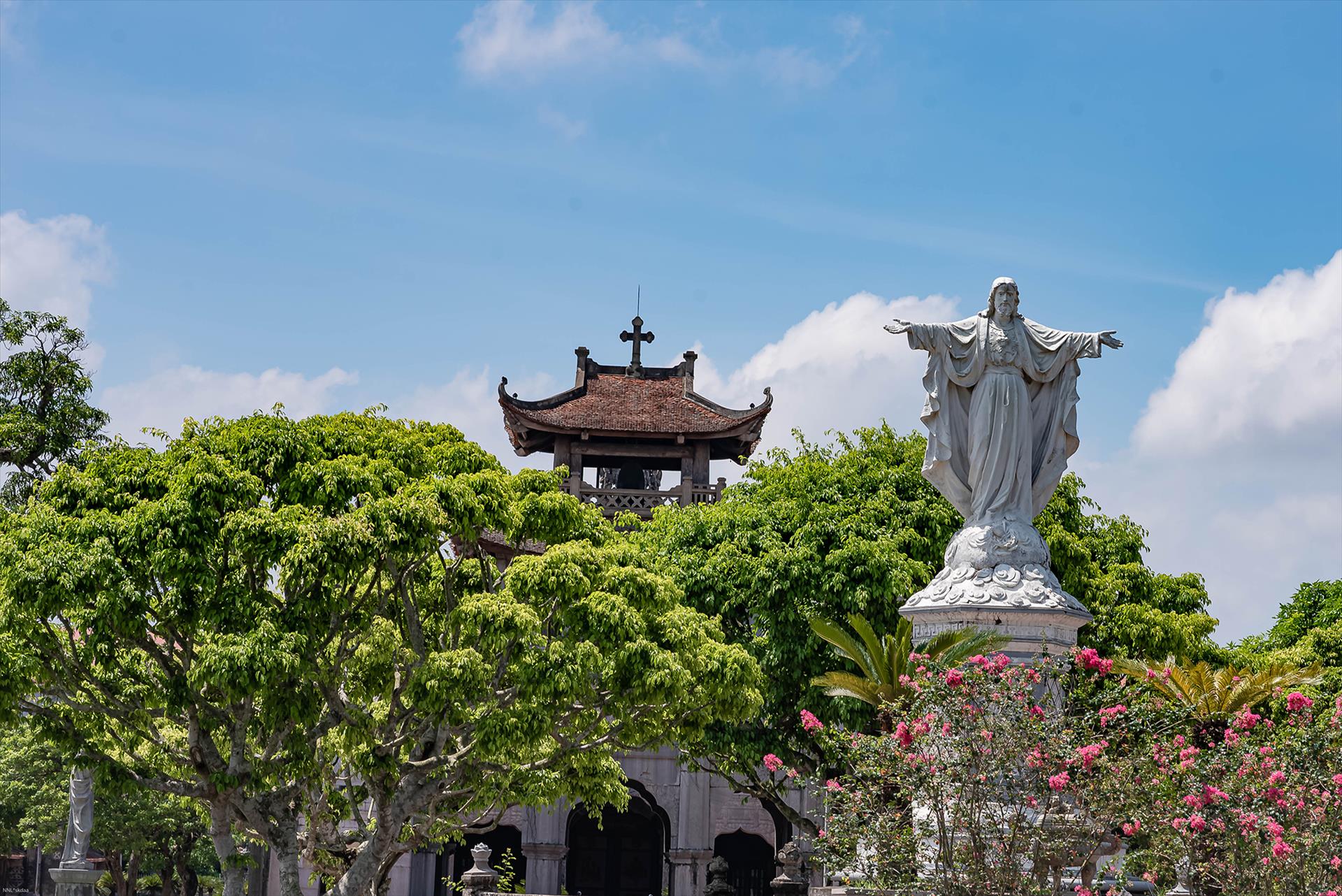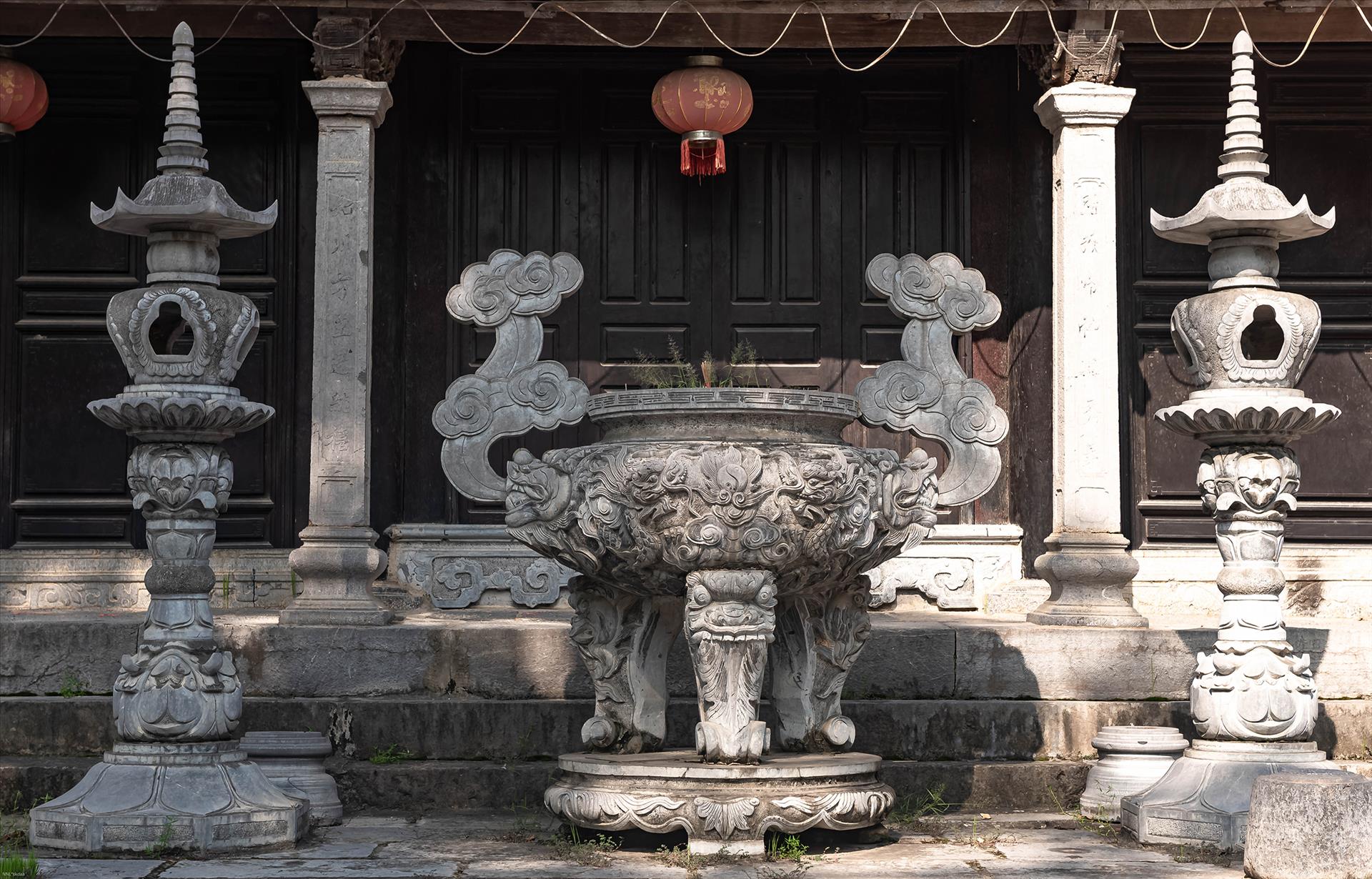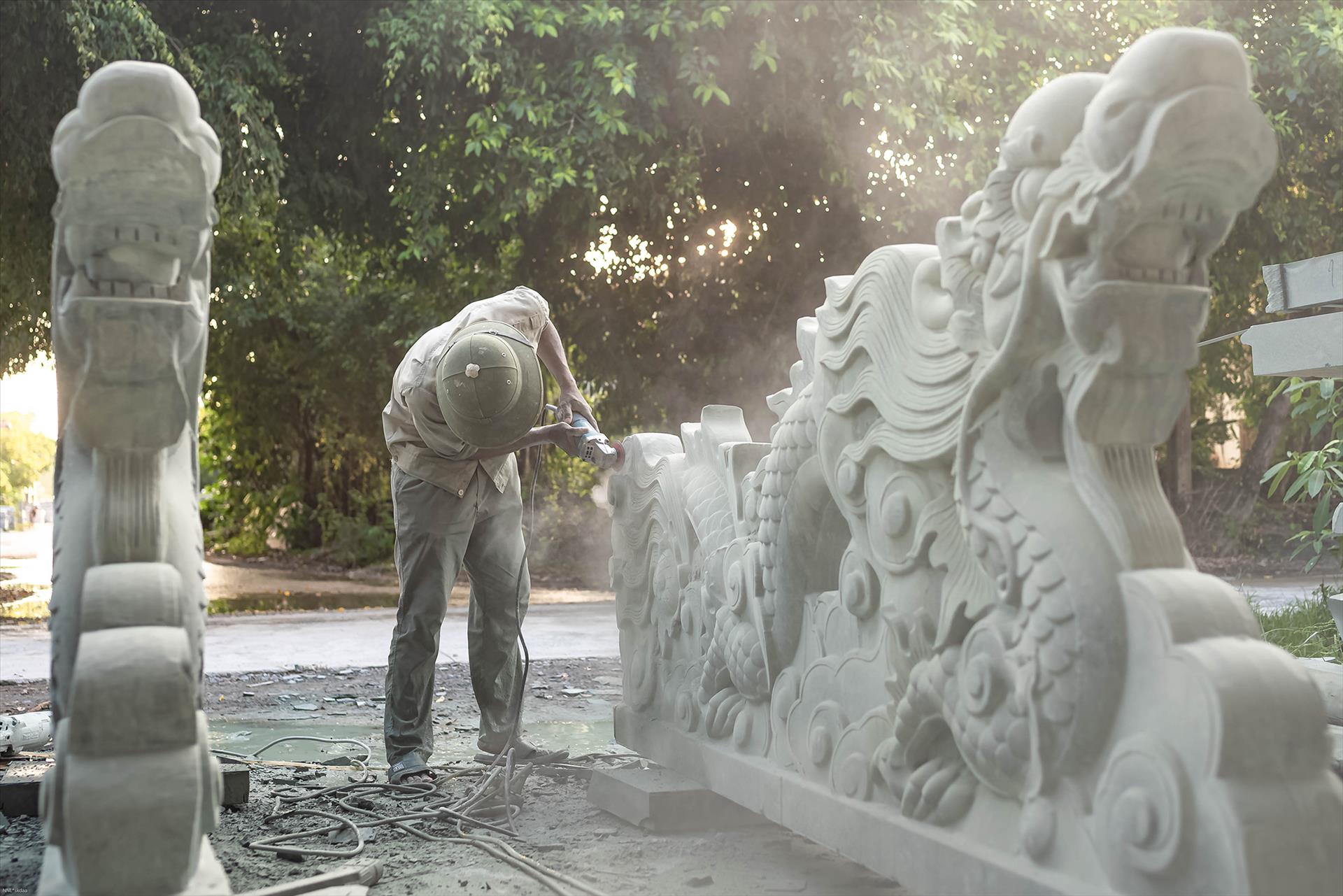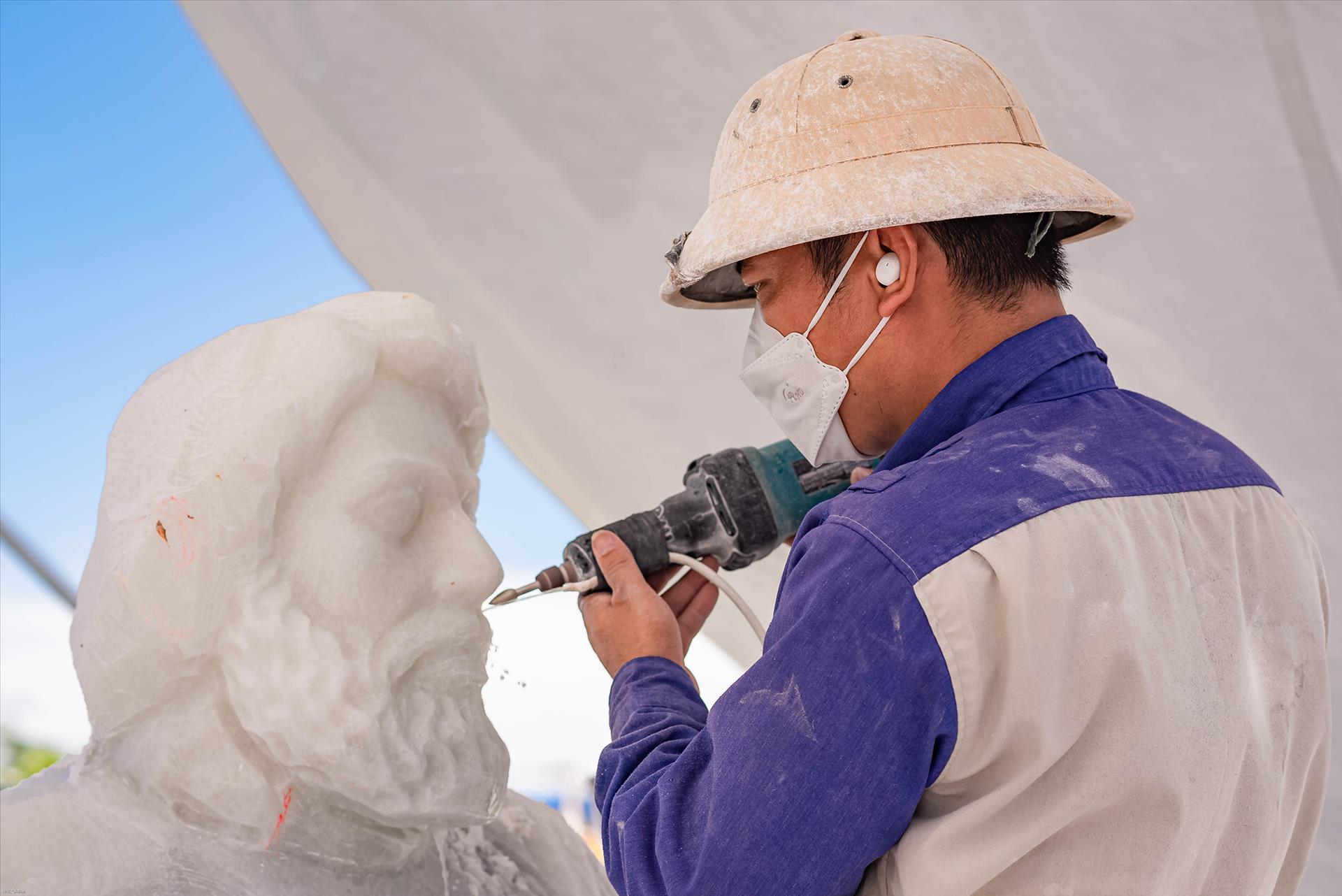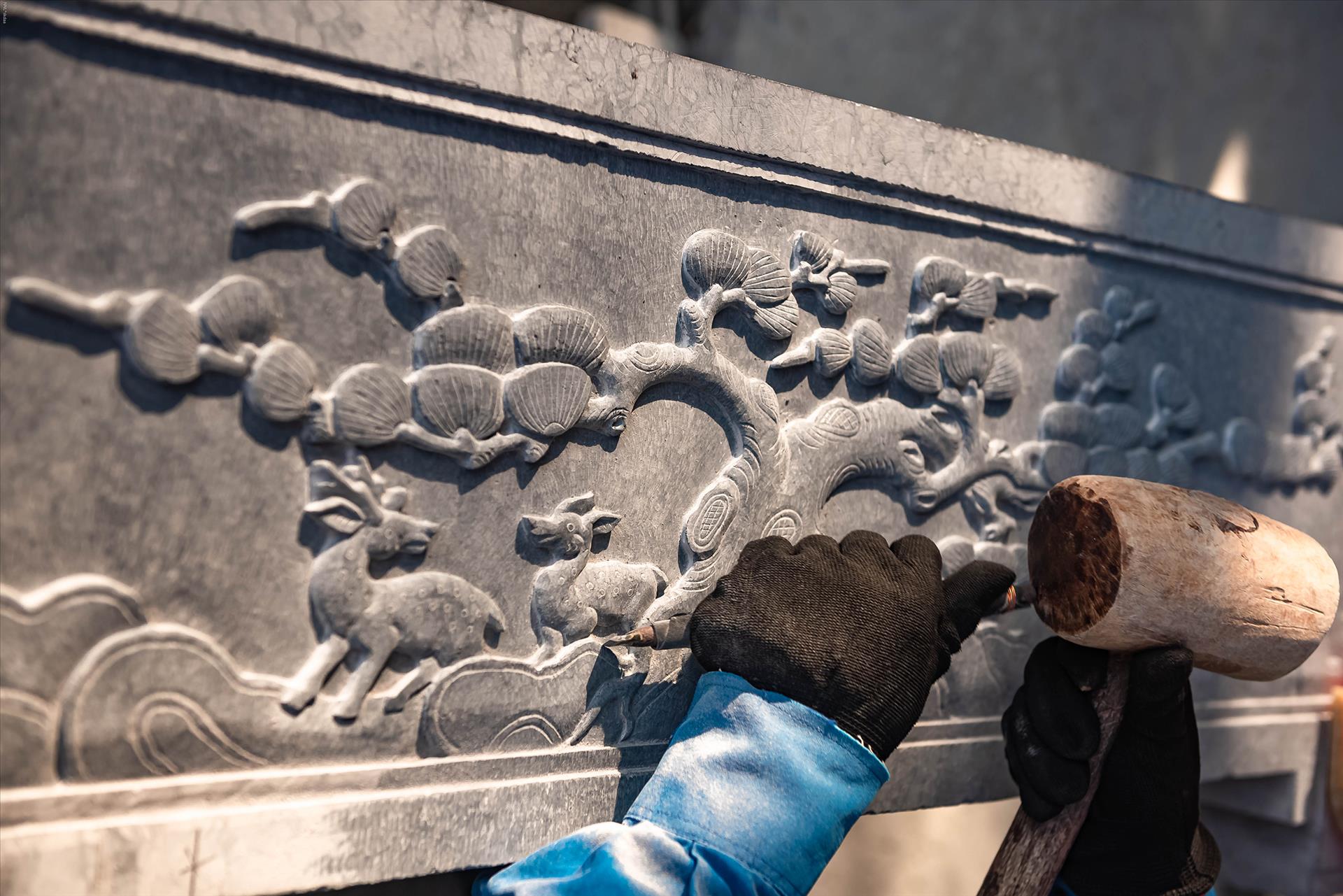Ninh Van Stone Carving Village
Despite ups and downs of the history, artisans in Ninh Van commune, Hoa Lu district, Ninh Binh province have promoted the art of stone carving which has been handed down by their ancestors for over 400 years. Their unique stone masterpieces show the artisans’ talent as well as the development prospect of the traditional craft village.
From a small-scale and manual craft village, Ninh Van has now flourished with numerous large enterprises specializing in creating exquisite stone sculptures. According to statistics, there are currently around 80 businesses, 600 production complexes, and 10 traditional craft villages within the commune. The total annual revenue of the craft village has reached nearly 200 billion dong (8.5 million US dollars).
According to legend, the founder of the stone carving profession in Ninh Van was a skilled stone craftsman named Hoang Sung, from Thanh Hoa province. As a young man, he settled in the area and married one of the local villagers, where he established himself and passed on his skills to the people of the region.
There are several notable works of Ninh Van's stone carving craft that are still preserved at important historical sites throughout Vietnam, including the ancient capital of Hoa Lu, the tomb of Princess Lieu in Vu Ban, Nam Dinh, the stone church of Phat Diem in Kim Son, Ninh Binh, the Khai Dinh tomb in Hue, the Buddha statue at Huong Tich pagoda in Hanoi, and the Thai Vi temple in Hoa Lu, Ninh Binh.
To make a stone piece, it must go through several stages, in which selecting the raw material is the most crucial step. If the raw material is not of high quality, the final product will not meet the standards. Therefore, those who choose the stone must have many years of experience to ensure that the selected stone blocks are clean and have smooth surfaces, showing their natural beauty.
Duong Van Thang, an experienced artisan, said that this craft requires the meticulousness and skill of the craftsman. For those who are new to the profession, it depends on their aptitude, but most importantly, they need to be diligent in learning and practicing. The more they work, the faster and better they will become. In the past, all stone carving processes in Ninh Van were done by hand. Now, with the development of machinery technology, the labor efficiency of the craftsmen has improved significantly.
The products in Ninh Van stone carving village are diverse, including statues, tombs, churches, Buddha statues, incense burners, scrolls and horizontal lacquered boards. From rough stones, Ninh Van stone craftsmen have crafted unique stone art products that are favored by domestic and international customers.
The products of Ninh Van stone carving village not only have material value, but also contain cultural and spiritual traits that reflect the traditional identity of the locals.
By Nguyen Ngoc Linh Translated by Nguyen Tuoi
